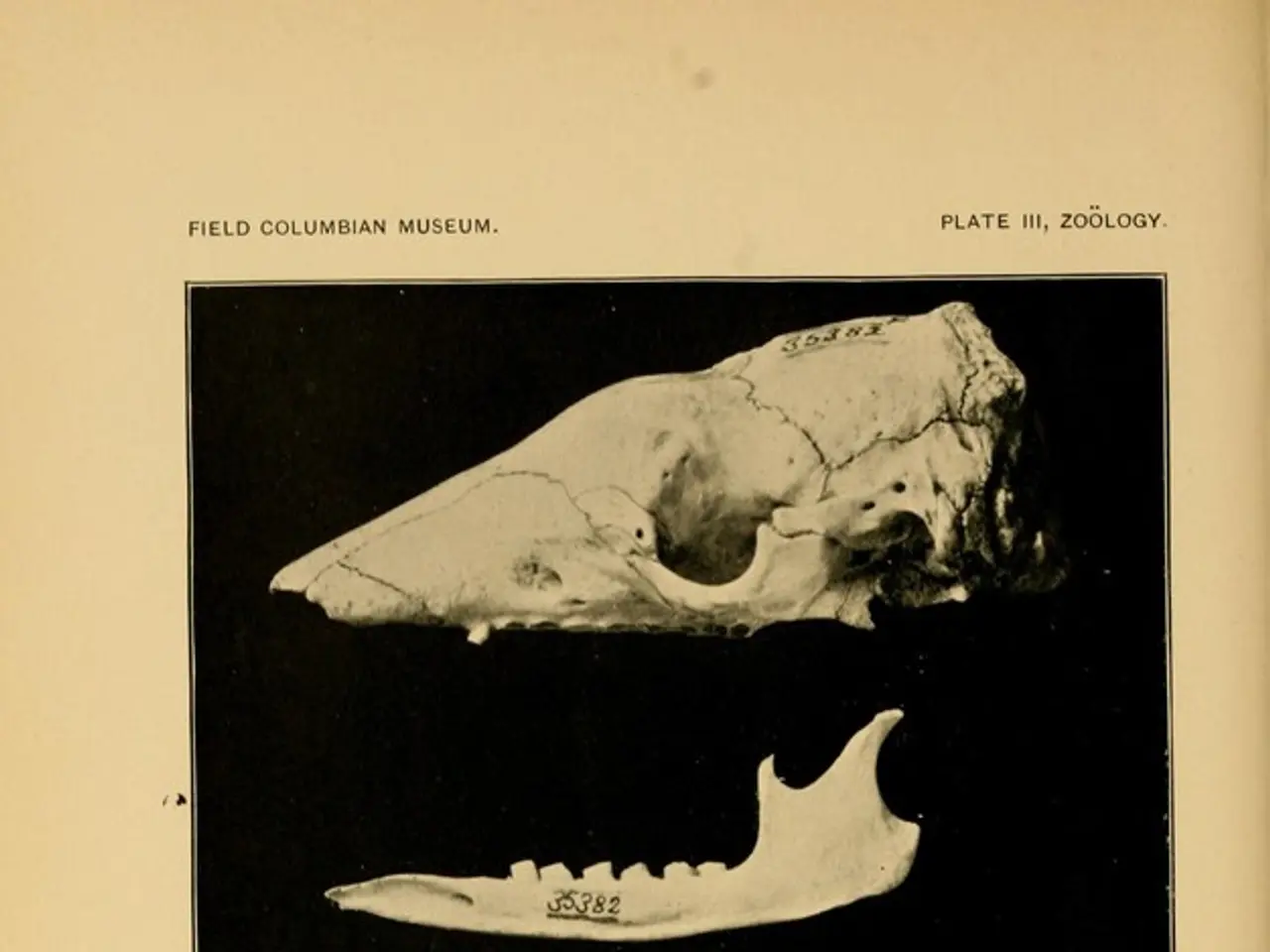Understanding Shoulder Bones: A Look at Their Structure and Common Issues
==========================================================
If you're experiencing shoulder pain, it's essential to seek medical advice, particularly for sudden, intense pain, suspected dislocations, broken shoulders, or injuries that don't improve with home treatment.
There are several common conditions that can affect the shoulder's bone structures and associated soft tissues. These include:
- Rotator Cuff Tear: A tear in one or more of the rotator cuff tendons where they attach to the humerus. This can result from tendon fraying due to friction with bony spurs or degeneration, causing pain, weakness, and difficulty with shoulder movements.
- Frozen Shoulder (Adhesive Capsulitis): Characterized by inflammation and thickening of the joint capsule, leading to pain and severe restriction in shoulder motion. It often arises after shoulder injury or immobilization, with an increased risk in diabetes and certain systemic conditions.
- Arthritis: Including osteoarthritis (wear-and-tear cartilage degeneration) and rheumatoid arthritis (autoimmune inflammation of joint membranes), arthritis causes pain, stiffness, reduced motion, and muscle weakness around the shoulder joint.
- Impingement Syndrome: Occurs when the rotator cuff tendons are pinched between the acromion and the humerus during arm elevation, causing pain and inflammation.
- Tendinitis: Inflammation of tendons, especially the rotator cuff tendons and biceps tendon, either acute (due to overuse like throwing) or chronic (due to degeneration or arthritis).
- Bursitis: Inflammation of bursae, particularly the subacromial-subdeltoid bursa, often accompanying rotator cuff tendinitis and causing pain and swelling that impairs shoulder function.
- Deltoid Contracture: Though less common, muscle contracture around the shoulder can affect movement.
- Fractures and Instability: Bone fractures or shoulder joint instability can also occur, impacting the bony and soft tissue structures.
Shoulder arthritis is joint inflammation that can develop due to chronic conditions, such as rheumatoid arthritis, or wear and tear of the joint cartilage. Arthritis bone spurs can happen when damage to the cartilage affects the production of bone cells, causing them to overgrow and form bone spurs, usually along the joint.
A shoulder fracture occurs when a bone in the shoulder breaks, often due to trauma from a car accident, being hit by an object, or a fall. Depending on the type of fracture, a person may need to wear a sling and immobilize the shoulder, undergo surgery, or take pain relief medication.
Bursitis is inflammation of the fluid-filled sacs surrounding the shoulder joint, often caused by repetitive suboptimal use. Medication, rest, exercise, and corticosteroid injections may help heal bursitis, with some people needing physical therapy.
Treatment options depend on the type of condition but may include medication, pain relievers, steroid injections, exercise, physical therapy, or surgery. If you're experiencing shoulder pain, it's crucial to consult a doctor for proper diagnosis and treatment.
- Beyond shoulder pain, other medical conditions like sprains and strains, fractures, and instability can affect the shoulder's bone structures and associated soft tissues.
- In some cases, arthritis, including osteoarthritis and rheumatoid arthritis, can lead to shoulder arthritis, which is caused by joint inflammation due to chronic conditions or wear and tear of the joint cartilage.
- Bone fractures, such as a shoulder fracture resulting from trauma, can occur and may necessitate the use of a sling, surgery, or pain relief medication.
- Differing from fractures, bursitis is inflammation of the fluid-filled sacs around the shoulder joint, frequently caused by repetitive suboptimal use, and can be treated with medication, rest, exercise, corticosteroid injections, or physical therapy.
- Chronic diseases like Alzheimer's, migraines, and chronic kidney disease may not directly cause shoulder issues but can impact a person's overall health and wellness, potentially leading to complications or exacerbating existing conditions.
- Ongoing health issues like sinus infections, neurological disorders, and various chronic diseases are prone to affect one's fitness and exercise routine, hindering workplace wellness and management of these medical conditions.
- One way to manage chronic diseases and promote workplace wellness is by incorporating CBD, a compound found in cannabis plants, into therapeuties and treatments, as it has proven benefits in some medical conditions.
- Medications like pain relievers and steroid injections are common treatment options for various shoulder conditions, while therapies such as exercise and physical therapy play crucial roles in the healing process.
- For proper diagnosis and treatment of shoulder pain or other related medical conditions, it's essential to consult a health care professional, ensuring an accurate assessment and recommended course of action to restore your active lifestyle and overall well-being.




